Understanding how to cook with oils can completely transform your meals—from achieving that perfect sear to keeping your dishes heart-healthy.
This guide breaks down the essentials of using high smoke point oils, why they’re important for high-heat cooking, and how to choose the right oil for different techniques like sautéing, roasting, baking, or air frying. Keep this as your go-to reference whenever you want to make smarter, more flavorful cooking choices.

Table of Contents
Jump to:
- What Are High Smoke Point Oils?
- Choosing Heart-Healthy Cooking Oils
- Best Oils for the Air Fryer
- How to Know When Your Oil Is Ready for Sautéing
- Why Not Add Cold Oil to a Cold Pan?
- Oils You Shouldn’t Cook With
- Common Cooking Oil Purpose Chart
- Oil Storage Tips
- Artisan Oils
- Explore. Experiment. Taste.: Recipes
- Cook's Notebook: Cooking Tips
- Frequently Asked Questions
- Leave a Comment or Ask a Question
What Are High Smoke Point Oils?
High smoke point oils can withstand temperatures of 400°F or higher before breaking down and producing smoke. When oils are overheated past their smoke point—especially when reheated repeatedly—they release free radicals, which are unstable, reactive compounds that can lead to harmful health effects when consumed.
According to a 2016 study in Toxicology Reports by Perumalla Venkata and Subramanyam, free radicals formed from overheated oil can contribute to oxidative stress and inflammation in the body.
For everyday high-heat cooking, avocado oil and canola oil (rapeseed oil) are excellent choices due to their high smoke points and mild flavor.

Chef Tip: Check out Wikipedia’s Smoke Point Chart for a full breakdown of oils and their smoke points.
Source: Perumalla Venkata, R., & Subramanyam, R. (2016). Evaluation of the deleterious health effects of consumption of repeatedly heated vegetable oil. Toxicology reports, 3, 636–643. https://doi.org/10.1016/j.toxrep.2016.08.003
Choosing Heart-Healthy Cooking Oils
Not all fats are created equal. Oils made up of monounsaturated and polyunsaturated fats can support heart health by reducing LDL cholesterol and inflammation.
Here’s what to keep in mind:
- Use smaller amounts of oil—especially when sautéing, roasting, or baking.
- Avoid deep frying when possible.
- Opt for oils like olive oil, canola oil, and avocado oil for everyday cooking.

For more on making heart-smart choices, visit the American Heart Association.
Best Oils for the Air Fryer
Air fryers require oils that can handle high, dry heat without smoking or breaking down. The top picks:
- Avocado oil (high smoke point + healthy fats)
- Canola oil (budget-friendly and neutral)
Both oils are great for air fryer recipes due to their mild taste and stability under high heat. Avocado oil tends to cost more but provides a richer nutritional profile.

Read more in Consumer Reports’ article: How to Choose a Healthy Oil for Cooking.
Air Fryer Recipes
- Beituti Chicken Shawarma Rice Bowl | Quick and Easy
- Air Fryer Chicken Shawarma | Quick with Beituti
- Easy 15-Minute Marinade for Beef Kabobs
- Grilled Zhug Ras El Hanout Lamb Chops and Tomato Salad
How to Know When Your Oil Is Ready for Sautéing
The oil should move more freely in the pan and shimmer slightly when it's hot enough. Here are two ways to test:
- Tilt test: Swirl the oil. If it glides smoothly across the surface, it's ready.
- Bread test: Drop in a small piece of bread—if it sizzles and browns in about 60 seconds, the oil is hot enough.

Chef’s Tip: Heat your pan first, then add room-temperature oil. This helps create a nonstick layer and prevents your food from sticking or absorbing too much oil.
Why Not Add Cold Oil to a Cold Pan?
Starting with a cold pan and cold oil can lead to soggy, greasy food. When oil is added to a preheated pan, it forms an invisible barrier between the pan and the food, helping prevent sticking and giving you a better sear.
This is especially important when cooking delicate proteins like fish or when stir-frying. Always give both the pan and the oil time to heat before adding ingredients.
Oils You Shouldn’t Cook With
Some oils are best enjoyed raw or as a finishing touch due to their low smoke point and intense flavor. These include:
- Extra virgin olive oil – Great for dips, vinaigrettes, or drizzling on hummus.
- Toasted sesame oil – Best used as a finishing oil for Asian-inspired dishes.
- Flaxseed oil, walnut oil, and hemp oil – Ideal in salad dressings or smoothies.
Don’t worry—you won’t get arrested by the oil police if you experiment, but just know the taste and nutritional value can change when overheated.
Olive Oil vs Extra Virgin Olive Oil
A good extra virgin olive oil has stronger characteristics in taste and is great for dipping breads, on top of hummus, vinaigrettes, etc. Regular olive oil has a more mellow taste, making it versatile in cooking despite its low smoke point.
Sesame Oil vs Toasted Sesame Oil
Toasted sesame oil, as its name suggests, is toasted sesame seeds, which gives the oil a more intensified nuttier taste. And this oil is mostly used to finish dishes, not to cook with it.
Common Cooking Oil Purpose Chart
| Name | Salad Dressings | Sauteing | Frying | Baking | Healthier / Everyday Use |
| Avocado Oil | x | x | x | ||
| Almond Oil | x | ||||
| Canola Oil | x | x | x | x | x |
| Coconut Oil | x | x | |||
| Corn Oil | x | ||||
| Butter | x | ||||
| Flaxseed Oil | x | ||||
| Grapeseed Oil | x | x | x | ||
| Hemp Oil | x | ||||
| Olive Oil | x | x | x | x | |
| Palm Oil | x | x | |||
| Peanut Oil | x | x | x | x | |
| Safflower oil | x | x | x | ||
| Sesame Oil | x | x | |||
| Soybean Oil | x | x | |||
| Sunflower | x | x | |||
| Walnut Oil | x | ||||
| Vegetable Oil | x |
Oil Storage Tips

To preserve flavor and quality:
- Use oils within their recommended shelf life, usually 3–6 months after opening.
- Store oils in a cool, dark place away from heat and light.
- Keep lids tightly sealed to prevent oxidation.
Artisan Oils
The fabulous La Tourangelle has released a trio oil set! This is great for giving extra flavor boost to your steaks, fish, and chicken breast meats from searing to baking. I would definitely use the infused garlic oil to dress hummus and curries by using saffron to infuse color and drizzle it over these dishes.
But don't stop there; use the garlic-infused oil for a quick balsamic or Caesar vinaigrette. In addition, the Herb de Provence would be excellent on roasted vegetables and chicken.
Explore. Experiment. Taste.: Recipes
- Green Seasoning Recipe | Epis - Haitian Style
- Quick Spicy Potstickers | Chili Momo Tibetan Style
- Quick Parsley Cucumber Tomato Feta Salad
- Marinated Sumac Onions | Easy and Quick
Cook's Notebook: Cooking Tips
- How to Wash Fresh Herbs the Right Way Before Use
- How to Prep Collard Greens: Complete Beginner’s Guide
- Best Collard Greens Substitutes: 7 Leafy Greens
- How to Store Collard Greens | Fridge & Freezer Guide
Frequently Asked Questions
These are healthy fats that stay liquid at room temperature. Found in olive oil, avocado oil, and nut oils, they help reduce bad cholesterol levels.
Essential fats your body can't produce. Found in safflower, corn, and sunflower oils. Includes omega-3 and omega-6 fatty acids.
Fats that are solid at room temperature, mostly from animal products or oils like palm and coconut oil. Overconsumption can lead to artery blockages.
Monounsaturated and polyunsaturated fats. Found in nuts, seeds, plant-based oils, and fatty fish like salmon and sardines.
A plant-based omega-3 fatty acid in walnuts, flaxseed, and chia. Linked to heart rhythm regulation and blood clot prevention.
Olive oil ranks first, followed by avocado oil—both are rich in monounsaturated fats and antioxidants.
Artificial fats are made by adding hydrogen to liquid oils. They are widely banned due to their link to heart disease.
Oils are extracted at low temperatures without chemical processing. These include cold-pressed coconut, almond, and flaxseed oil.
Sources:
- Perumalla Venkata, R., & Subramanyam, R. (2016). Toxicology Reports, 3, 636–643. Link
- Blondeau, N. et al. (2015). BioMed Research International, 2015, 519830. Link
Disclaimer:
This article is solely educational and should never replace professional medical advice.
Leave a Comment or Ask a Question
I'd love to hear your thoughts, questions, or experiences with using oil for cooking—leave a comment or question and get a response from a professionally trained chef!

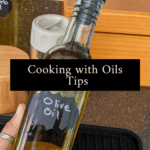
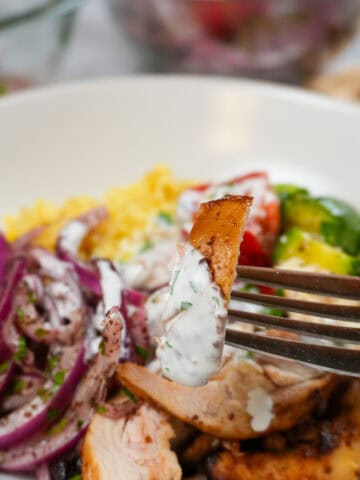
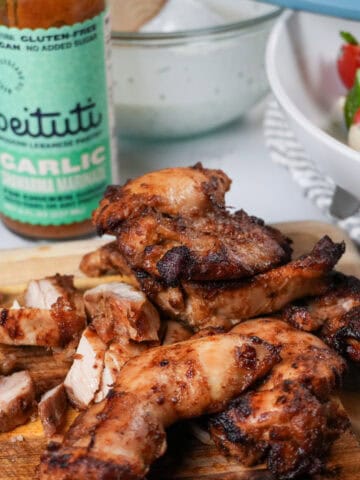
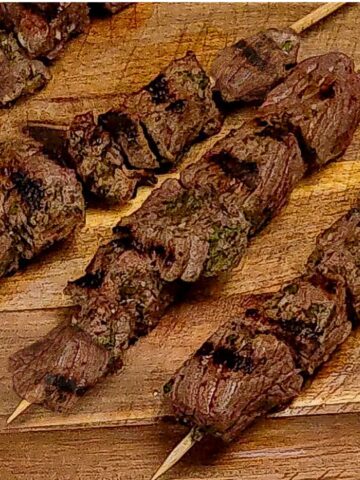
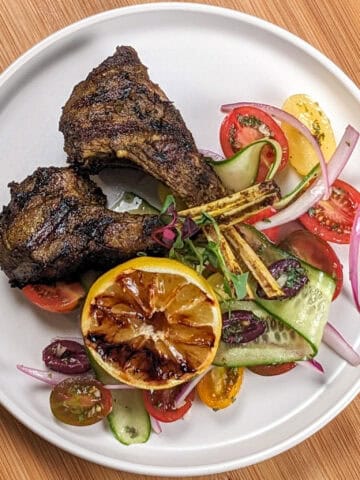


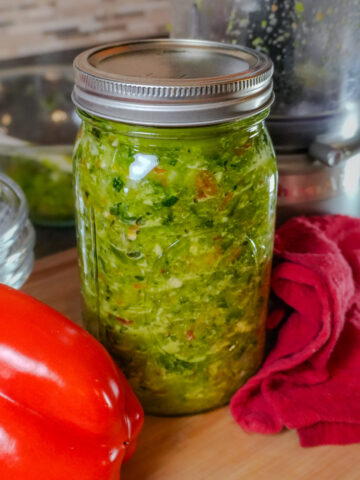
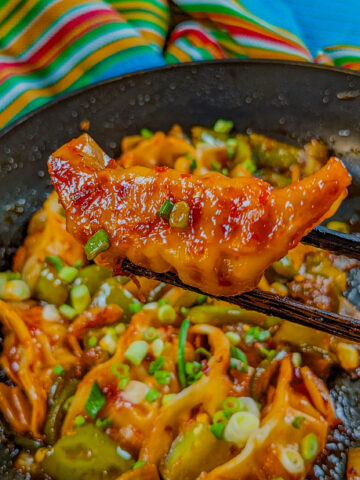
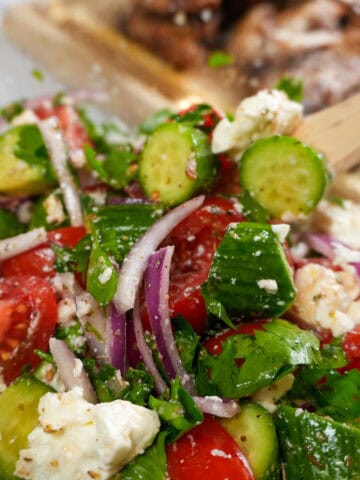
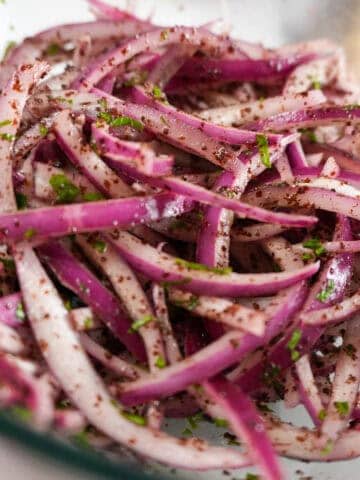
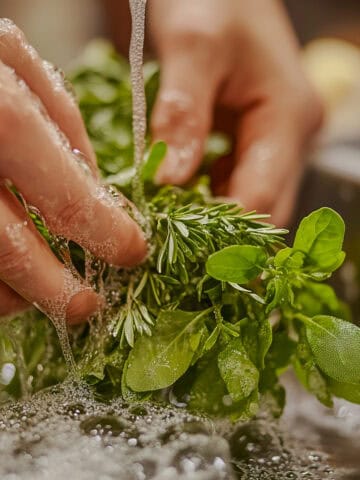
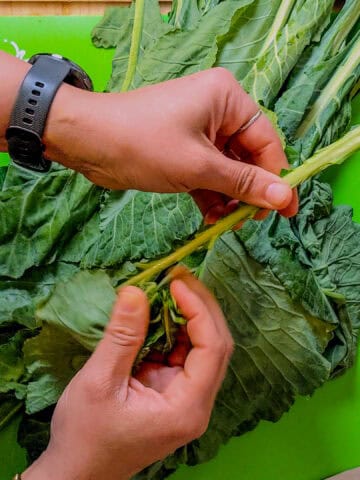
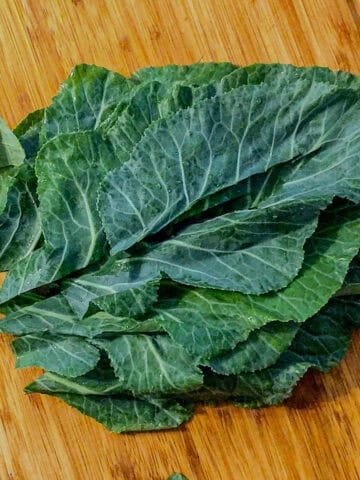
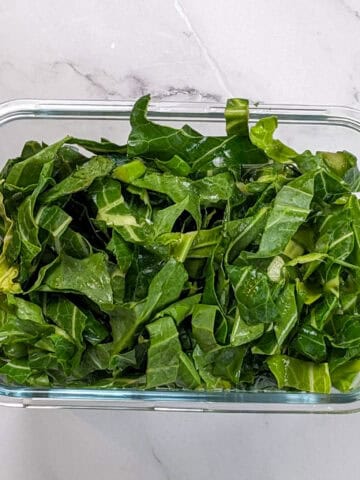
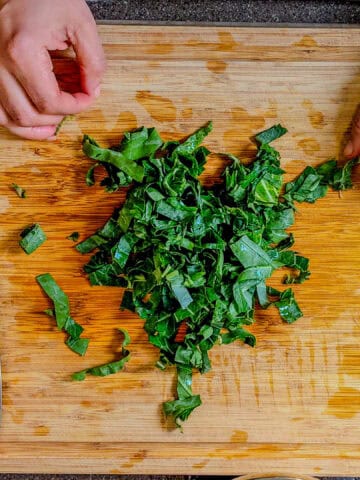
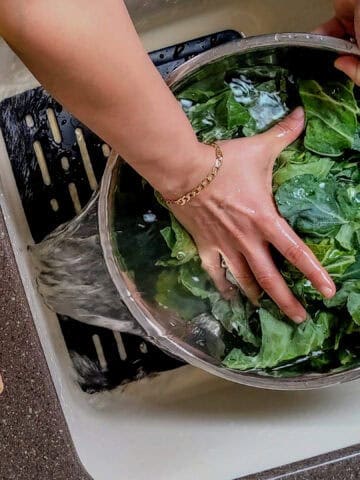

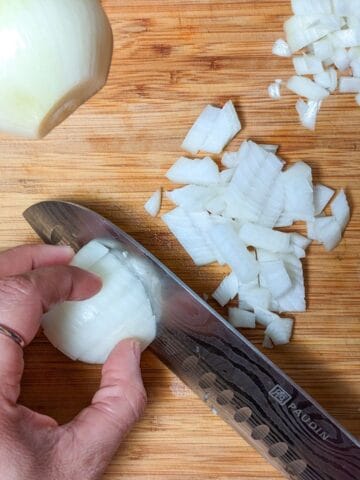
Leave a Reply